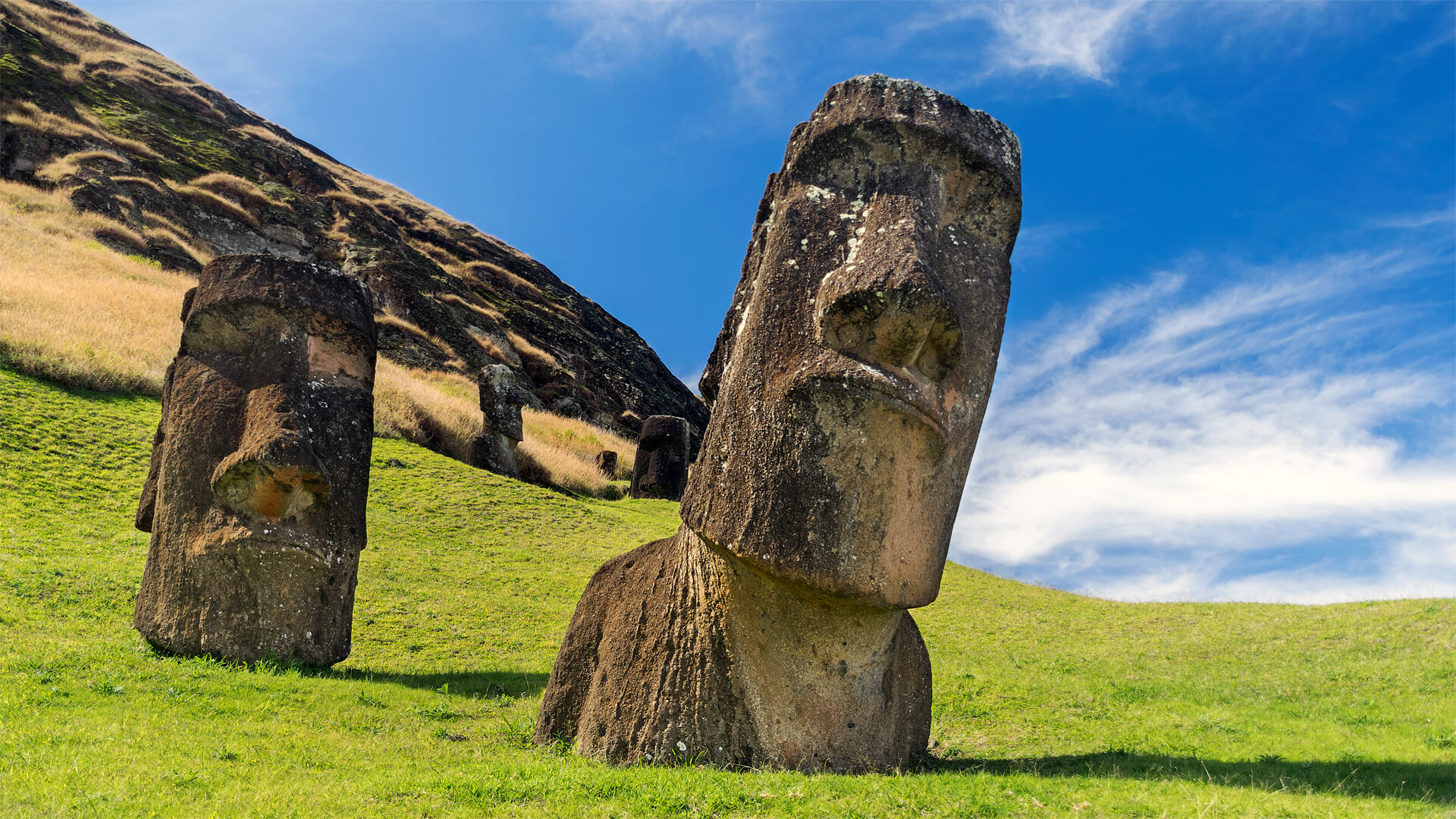
Before booking a stay or a tour in Argentina and/or Chile, particularly in Patagonia, you’ll want to put all the chances on your side and know in advance what the weather will be like during your trip, and that’s quite normal!
Which months should we choose? – What weather is expected? – When can we observe this animal or natural phenomenon? – Depending on the regions considered, what types of clothing should we bring for a stay in Argentina or Chile? … Etc.
The best answer to all these questions is that it’s not so easy to choose an ideal time for a trip to Argentina and/or Chile. It’s impossible to be in all the places with the best weather conditions during the same trip.
When to go?
First of all, it will depend on the regions you are going to visit of course, but also on the type of trip you want to make and your interests – for example, Are you planning a trip focused and limited to Patagonia? – A circuit from the North to the South of Argentina or Chile? – A themed stay in an unmissable place? – Or a photo safari in a particular region?
Let’s not forget that in Chile we find – The driest desert in the world: the Atacama – One of the wettest places on our planet: the Island of Chiloé – And the coldest territory imaginable: Antarctica.
Argentina extends over almost the same latitudes as Chilean territory, so we’ll find these same contrasts.
To sum up, organizing a trip to Argentina and/or Chile risks being a real headache!!! And preparing the suitcases is not going to be an easy task.
Here are some pointers
Patagonia
The best time to travel to Patagonia is from October to the end of April. This is quite vague, you might say… Indeed, so I’ll guide you so that you can plan your trip to Patagonia, depending on the months, interests and climate.
October is the pre-season, a period that I particularly like, because it reserves practically all the regions of Patagonia for you alone. It’s also perfect if you want to practice ski touring during your trip. On the other hand, for hiking, you will be limited.
The months of October and November are perfect for observing local wildlife, especially southern right whales. Humpback whales can also be observed between the months of December and February. The months of November and March are excellent, as we are out of season but with mild temperatures.
December, January and February will be perfect if your trip is more focused on hiking. These are also the 3 months when the temperatures will be the most pleasant, but this is also when you’ll encounter the largest influx of travelers.
Of course, it’s possible to go to Patagonia in the southern winter (from June to September). However, you must have a program adapted to the climate, which will be harsher, therefore more limited, because many activities, such as excursions, cannot be carried out at this time of year.
It should also be noted that in the extreme south of Patagonia, temperatures and climatic conditions are extremely harsh. Apart from ski resorts and large cities, many villages are literally abandoned by most of the inhabitants, due to the biting cold and the icy wind.
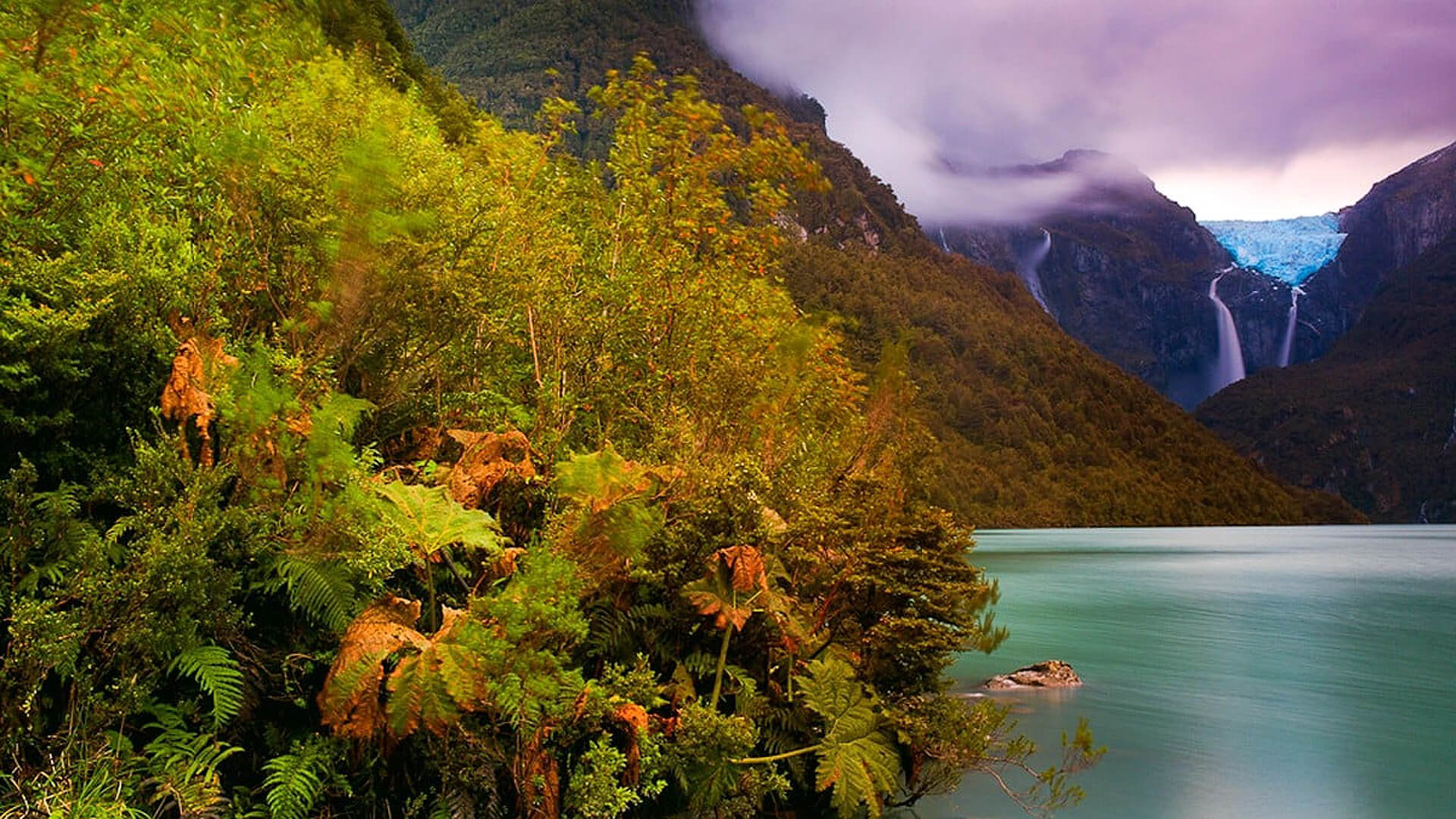
For photographers, these are clearly the months of October and November, then the months of April and May that you should aim for, colors and lights are in the spotlight in Patagonia!
In October and November, there are the colors of spring combined with an exceptional luminosity, on the flowers and the white of the snow-capped mountains. In April and May, there are the colors of autumn and an extraordinary light that give Patagonia a magical setting for a real spectacle, and in the background the turquoise blue of the waters of the lakes.
I should point out that in summer in Patagonia (from December to February), even if the temperatures are high, the air is almost always cool and very pleasant. The sun can literally burn your skin, because in this part of the world the ozone layer is less dense in some places, so be careful of sunstroke.
In Argentina, we must distinguish:
- Andean Patagonia – home to San Martín de los Andes, Bariloche, Esquel and Tierra del Fuego, places ideal for skiing from June to September, and hiking from November to April.
- From Atlantic Patagonia – where you’ll find Peninsula Valdes, Puerto Madryn, Trelew, Bahía Bustamante and Punta Lobos, which are ideal for observing abundant marine (and terrestrial) wildlife almost all year round, on coasts that are often swept by the winds. Here too, depending on the animals you want to see, you will have to aim for the right periods.
Chilean Patagonia is more wet, rainy and less windy. It’s home to one of the most beautiful National Parks in the world: Torres del Paine, located in the south of Chilean Patagonia, in the Magellan region.
Buenos Aires – Mendoza – Santiago de Chile – Valparaiso
From the center to the north of Argentina, as in Chile, due to the humidity level in the southern summer (from December to February), the temperatures are difficult to bear.
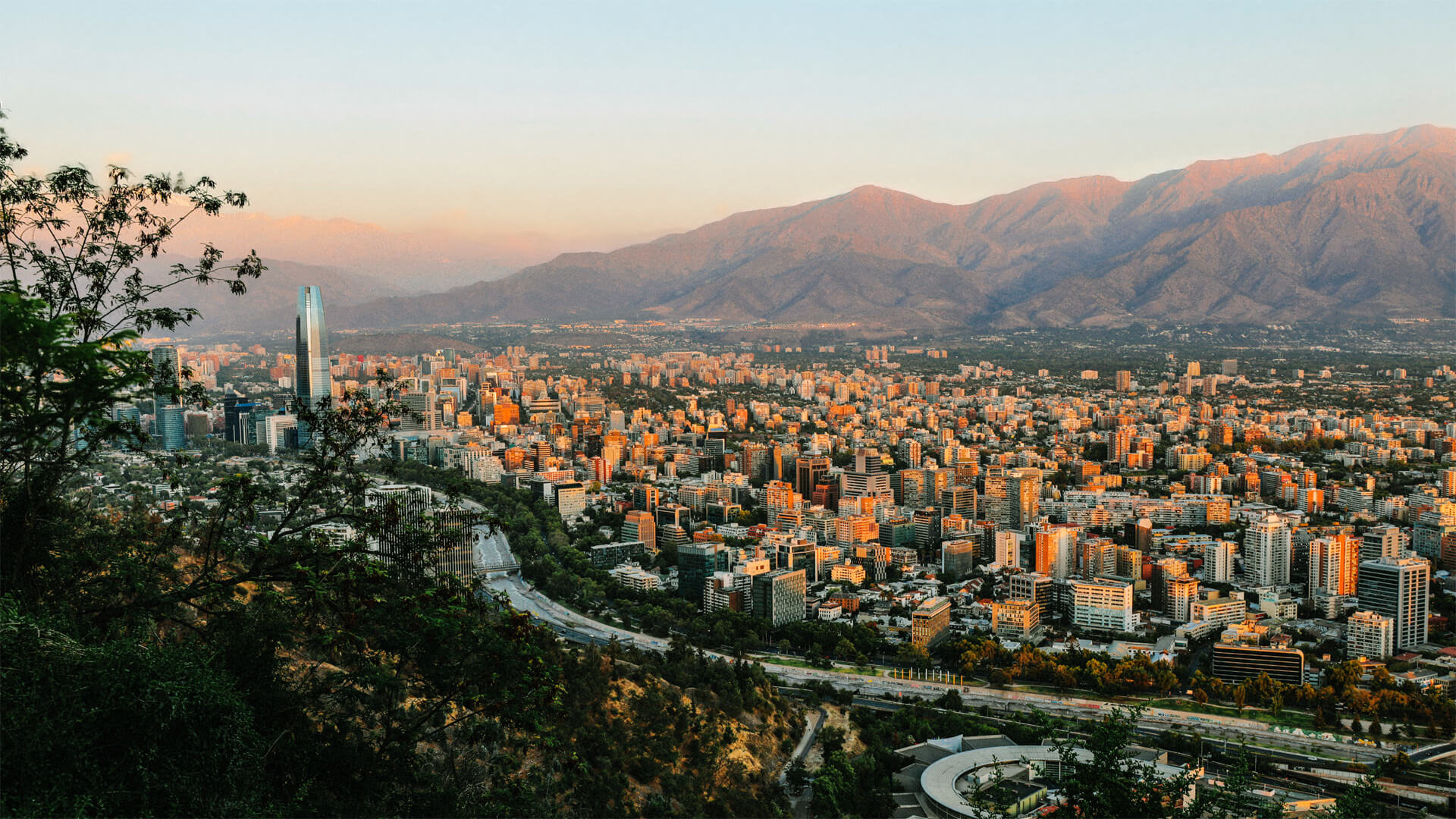
It’s very humid in Buenos Aires and Santiago de Chile, the cloud of pollution weighs down these cities. Around Mendoza, in the provinces of La Rioja, San Juan and Córdoba, the temperatures are exhausting, you can really “cook” there!
Considering these climatic elements, especially that of air humidity, the recommended period to visit Buenos Aires, Mendoza, Santiago de Chile and Valparaiso, extends from March to November.
Iguazú and the Argentine Northeast
Same observation here: in summer the temperatures are very high and the climate is even semi-tropical. The months when it rains the most in Argentine Mesopotamia are the months from November to March (wet season). So, the ideal time to go to Iguazú is the dry season which extends from April to October.
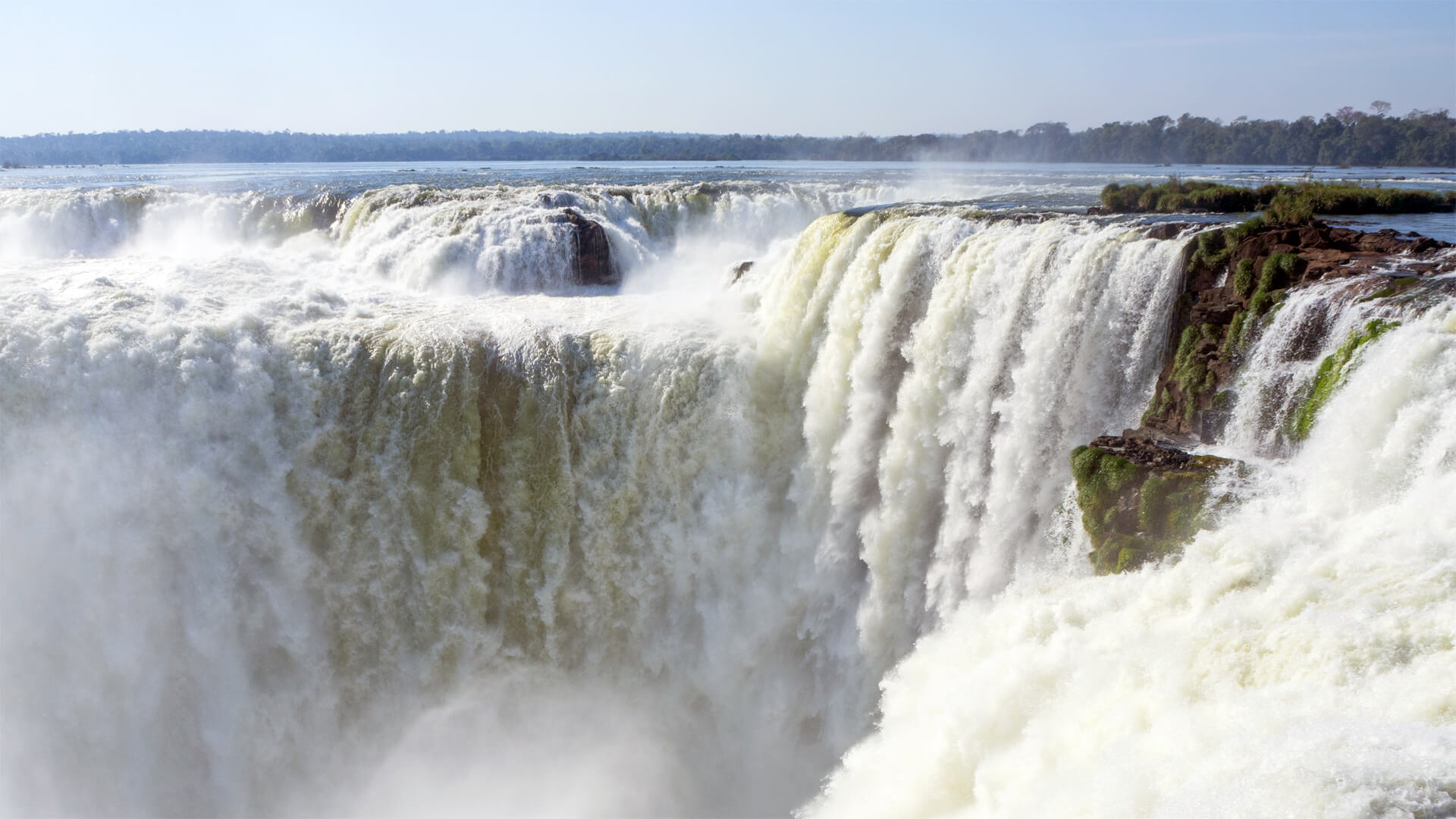
Autumn (March to June) is considered the best time to travel to Iguazú, as rainfall decreases and temperatures are more pleasant and moderate. Another important point: after the rainy season, the water level of the Iguazu Falls is much higher! Offering us a breathtaking natural spectacle.
It’s also the time of year when the parks and the jungle are adorned with gold and ochre. For those who love to observe wildlife, it’s in autumn that you can see the most animals. The variation of colors of the local vegetation, the sounds of the jungle, the freshness of the water released by the falls, the aroma of its flowers, are highlights that can be experienced in Iguazú in the low season.
Northern Chile – Northwest Argentina
In both the Northwest of Argentina and the North of Chile, you should avoid the months of January and February, because you could face the phenomenon of the Bolivian winter. The ideal time to go to the North of Chile and the Northwest of Argentina is from March to November, when the temperatures will be very pleasant.
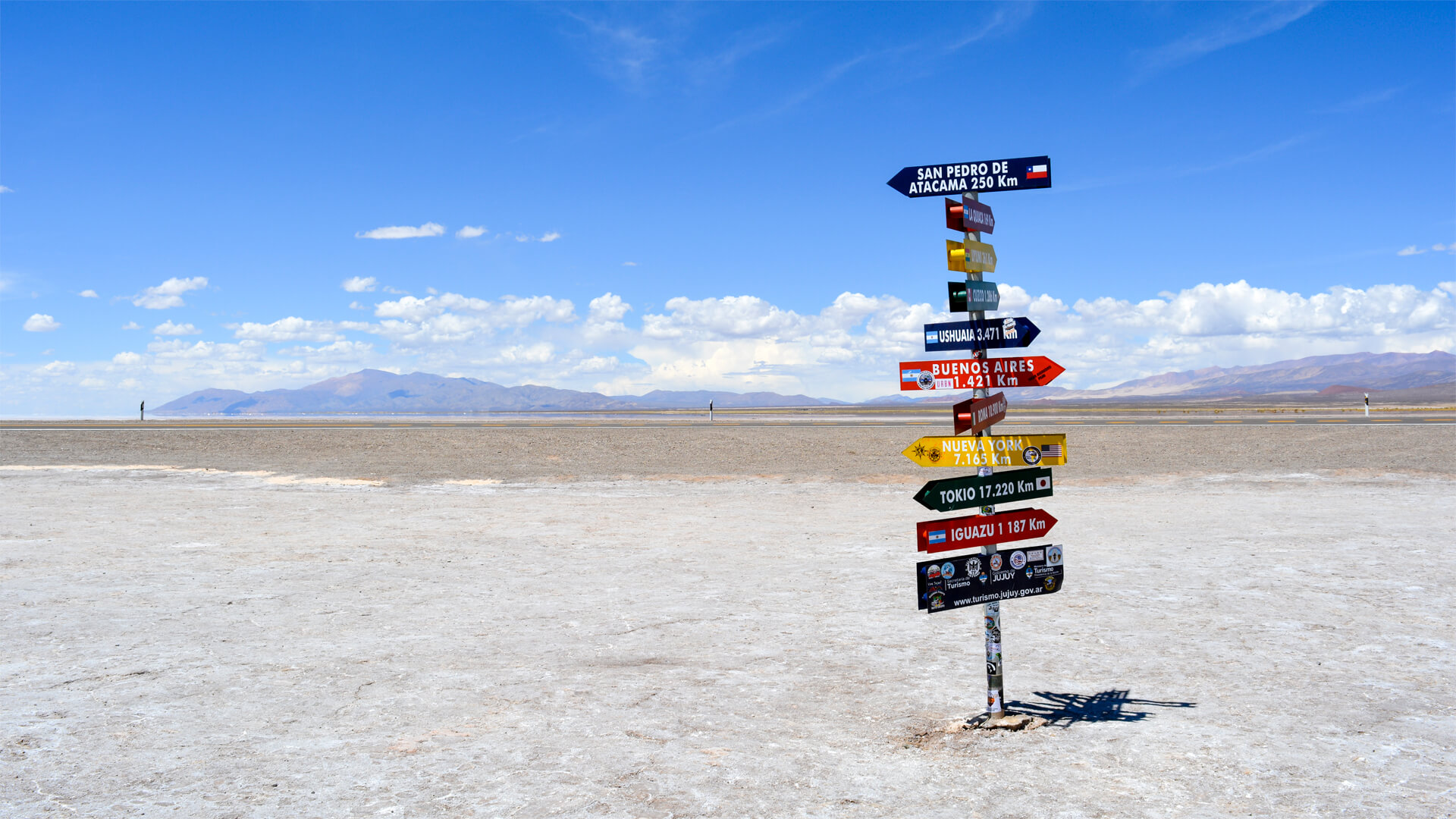
June, July and August, in the middle of the southern winter, is a very good time to visit both the Northwest of Argentina and the North of Chile, and the Atacama Desert area.
Easter Island
Rainfall is most frequent from mid-May to mid-September on Easter Island. During this period the weather is mostly unstable, the winds often change, however there are also beautiful cool and bright days, and the island is richly flowered in June, July and August.
Antarctica
This is THE ultimate destination, reserved for those who can afford to live this adventure. It’s a journey apart, a journey in itself, on the sixth continent not inhabited by humans, it’s Antarctica.
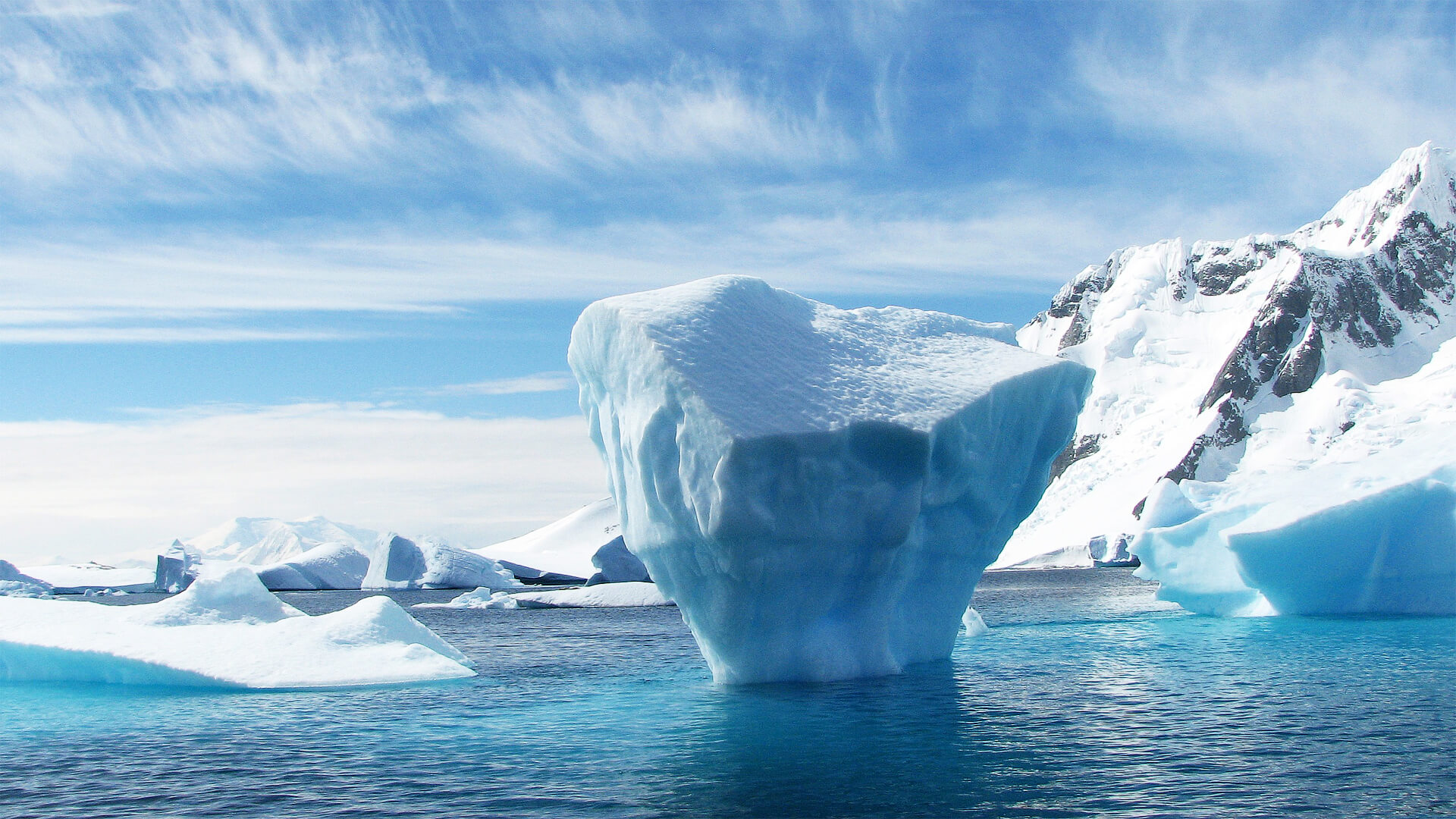
And who says unusual destination, says suitable clothing and equipment… It’s possible to go there from November to March, from Argentina and Chile.
For a different provider and high-end service, contact me!
 English
English Français
Français
